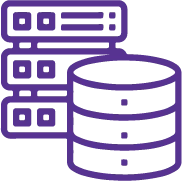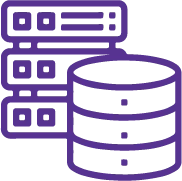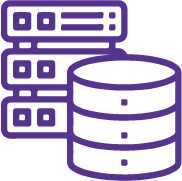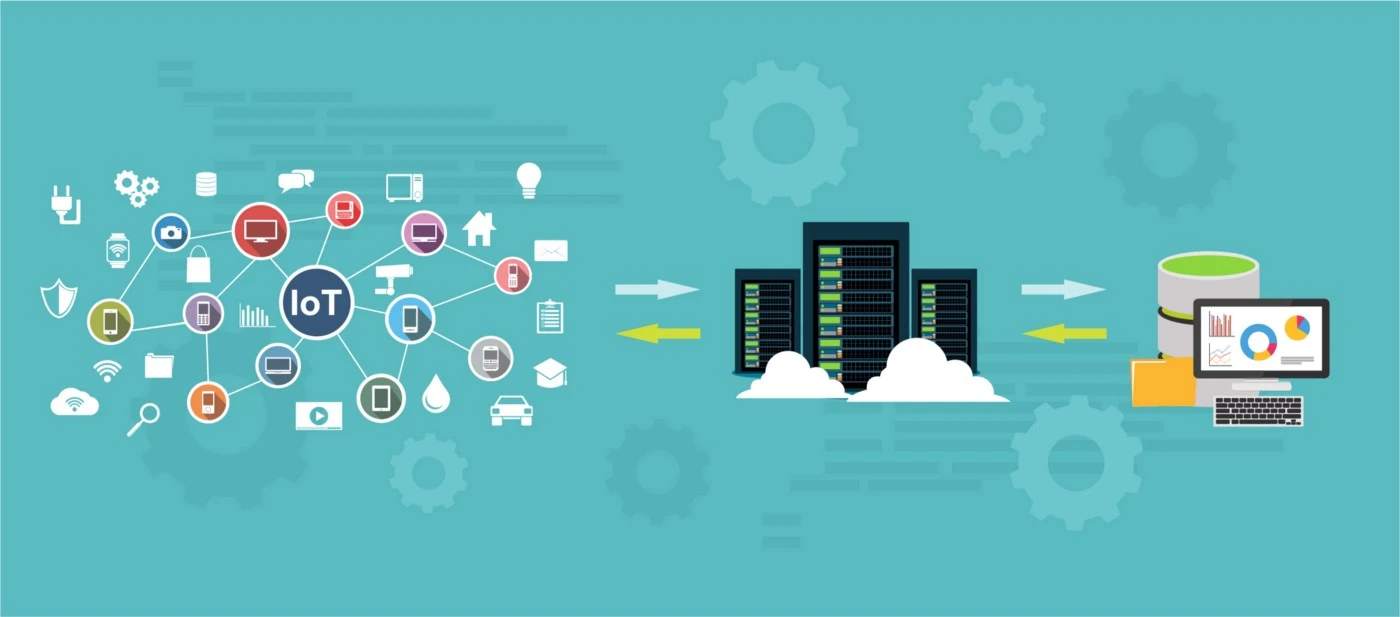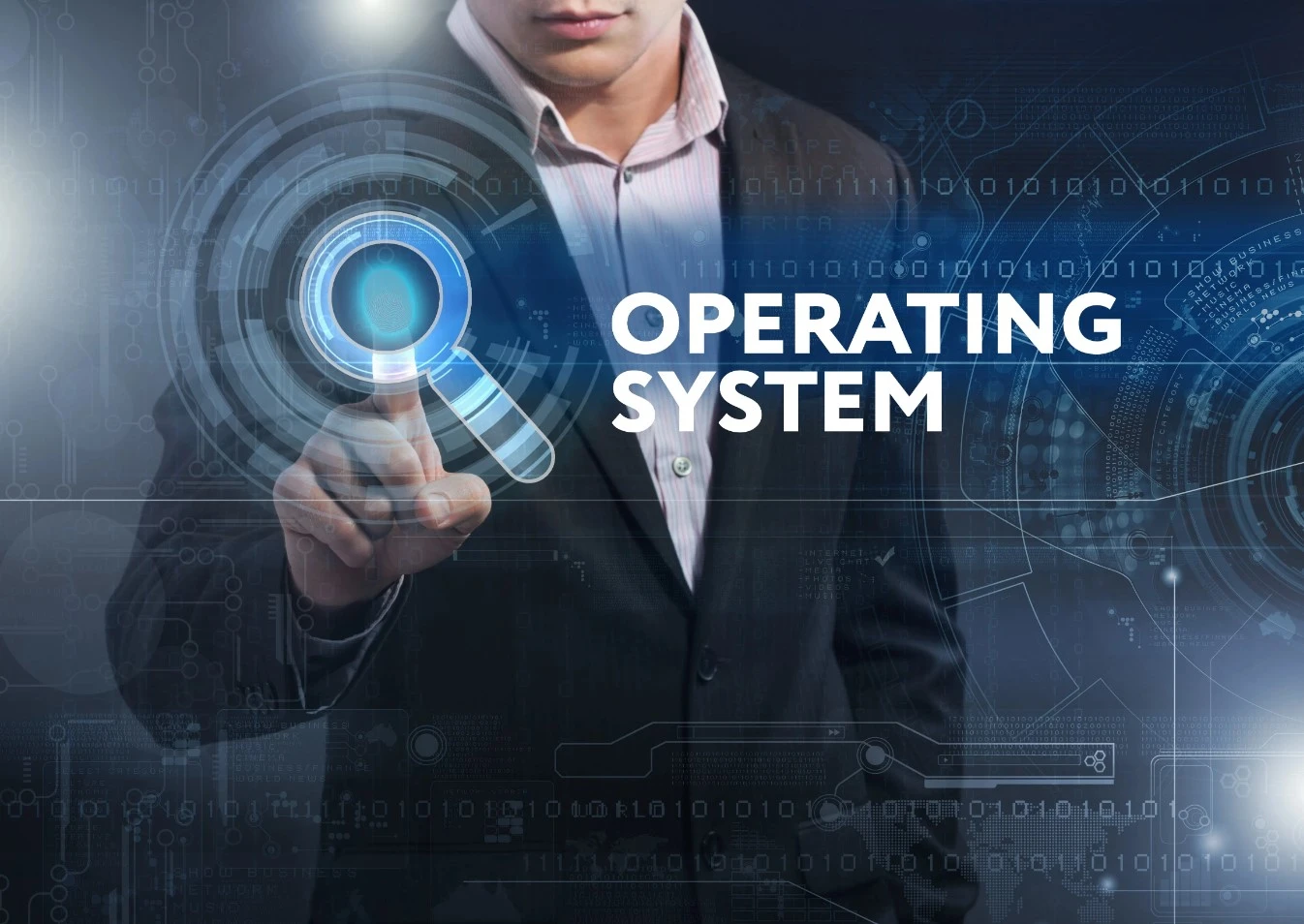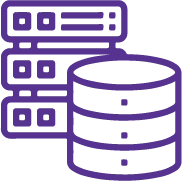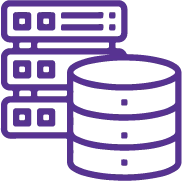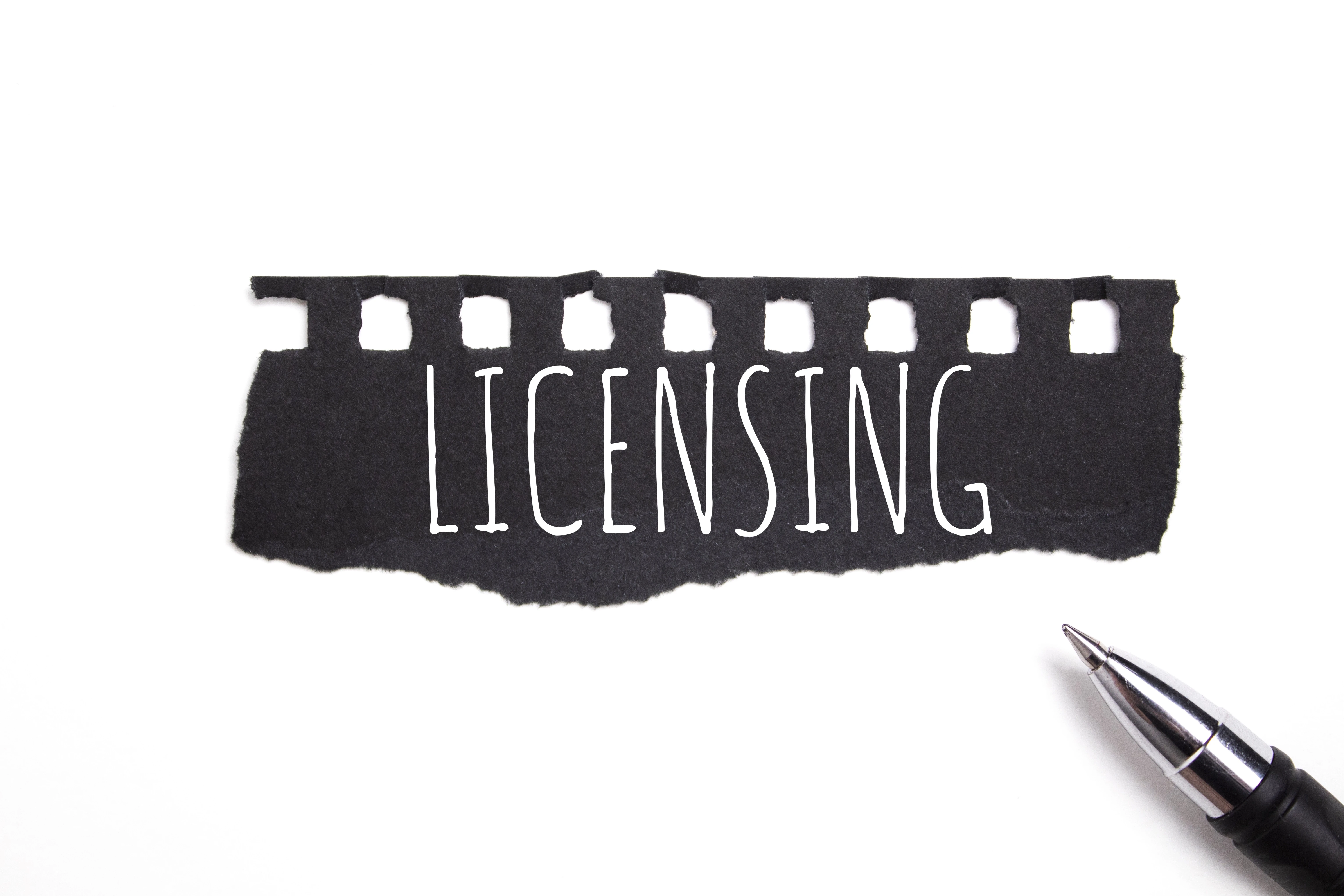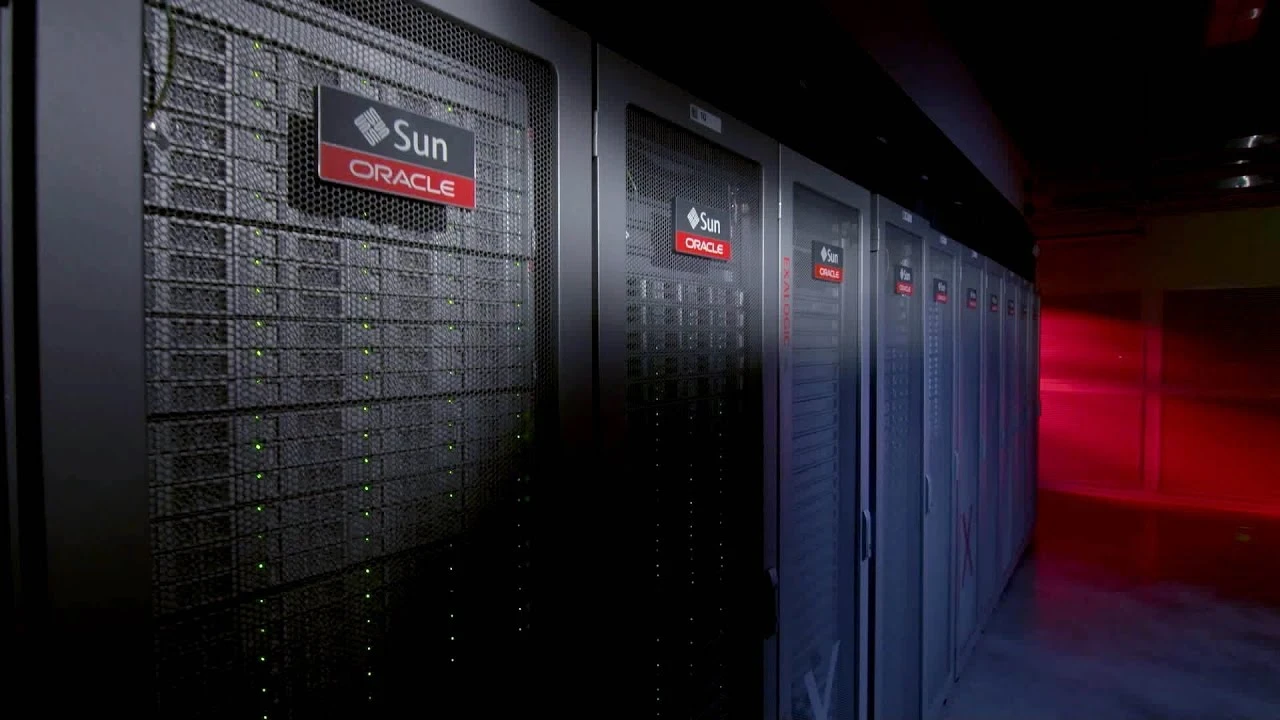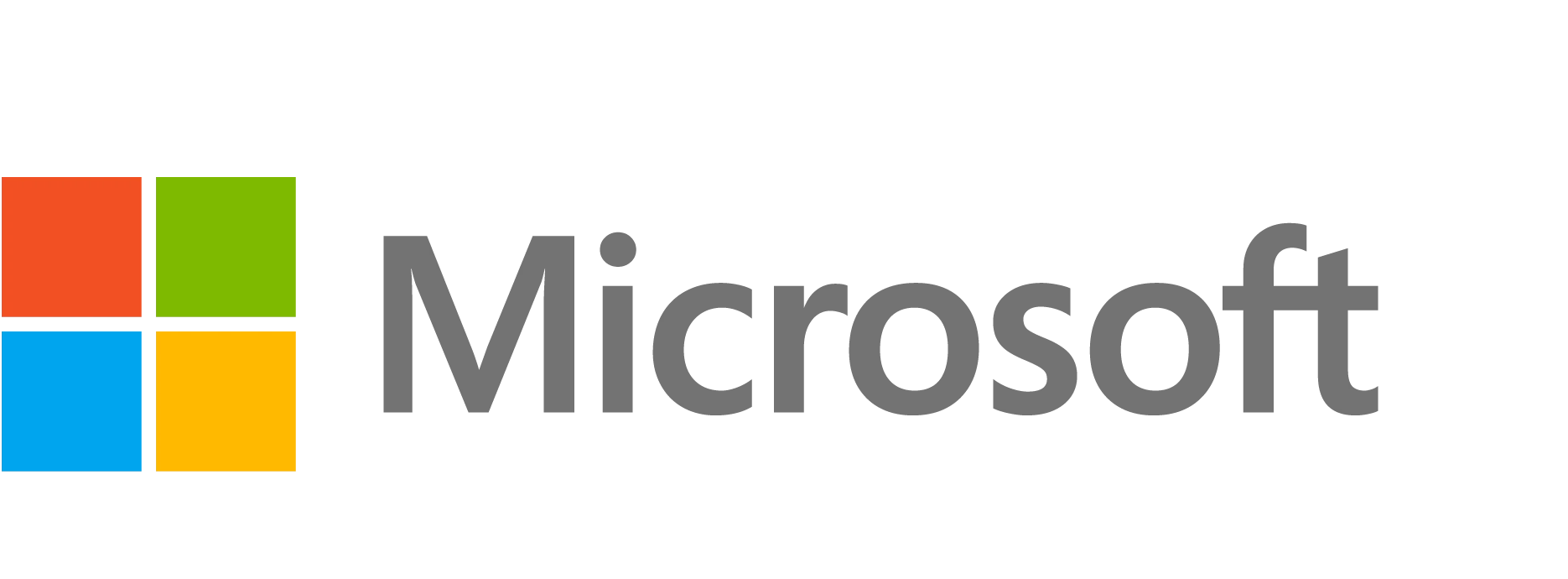The Microsoft Power Platform helps organizations optimize their operations by simplifying, automating and transforming business tasks and processes. In this course, students will learn how to build Power Apps, Automate Flows and extend the platform to complete business requirements and solve complex business problems.
Objectives
Create a technical design
Configure Common Data Service
Create and configure Power Apps
Configure business process automation
Extend the user experience
Extend the platform
Develop Integrations
Intended Audience
Candidates for this course design, develop, secure, and troubleshoot Power Platform solutions. Candidates implement components of a solution that include application enhancements, custom user experience, system integrations, data conversions, custom process automation, and custom visualizations. Candidates will gain applied knowledge of Power Platform services, including in-depth understanding of capabilities, boundaries, and constraints. Candidates should have development experience that includes JavaScript, JSON, TypeScript, C#, HTML, .NET, Microsoft Azure, Microsoft 365, RESTful Web Services, ASP.NET, and Power BI.
Topics
Create a model-driven application in Power Apps
Create a canvas app in Power Apps
Master advance techniques and data options in canvas apps
Automate a business process using Power ::Automate
Introduction to developing with Power Platform
Extending the Power Platform Common Data Service
Extending the Power Platform user experience
Model Driven apps
Create components with Power Apps ::Component Framework
Extend Power Apps portals
Integrate with Power Platform and Common Data Service
